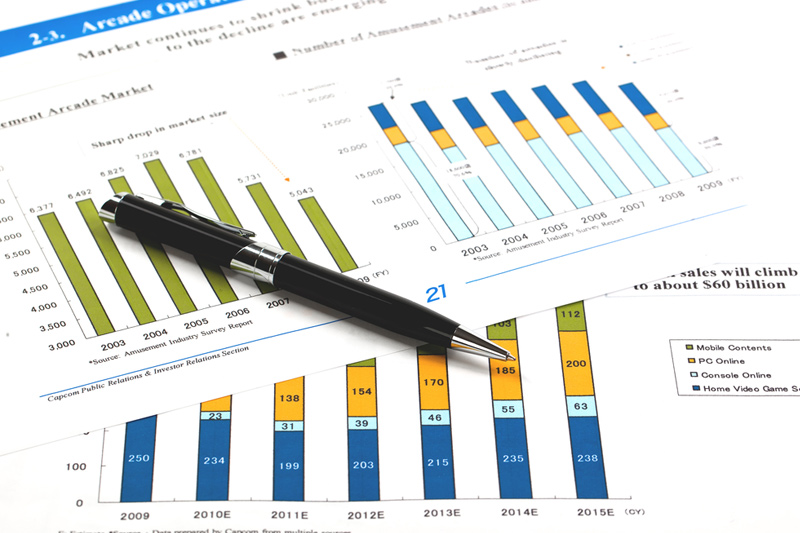Street Calls of the Week
The U.S. Building Permits data, a critical economic indicator closely monitored by economists and investors, has reported a slight decline of -2.3%. The figure, while indicating a drop, has surpassed the forecasted decline of -3.7%, signaling a less severe contraction than initially anticipated.
Building permits, which encompass all related factors associated with the construction of a building such as financing and employment, serve as a significant hint towards the state of the economy in the near future. A higher than expected number is generally considered positive to the USD, while a lower than expected number is deemed negative.
The actual number, at -2.3%, shows a marginal decline from the previous figure of -2.2%. This slight dip, while reflective of a slowdown in the construction sector, is nonetheless better than the expected -3.7%. The less severe contraction suggests that the downturn in the building sector might be less drastic than feared, providing some relief to investors and economists.
However, the continued negative trend in building permits indicates a potential slowdown in the economy. The construction sector is a significant contributor to the U.S. GDP and employment. A decline in building permits could signal reduced construction activity in the near future, potentially impacting employment and economic growth.
Despite the decline, the fact that the actual figures were better than forecasted could provide a slight boost to the USD. Economists and investors often use such data to predict future economic trends and make investment decisions.
In conclusion, while the slight decline in building permits is a cause for concern, the better-than-expected figures offer a silver lining. Economists and investors will be closely watching the upcoming data releases to gauge the potential impact on the U.S. economy and the USD.
This article was generated with the support of AI and reviewed by an editor. For more information see our T&C.
